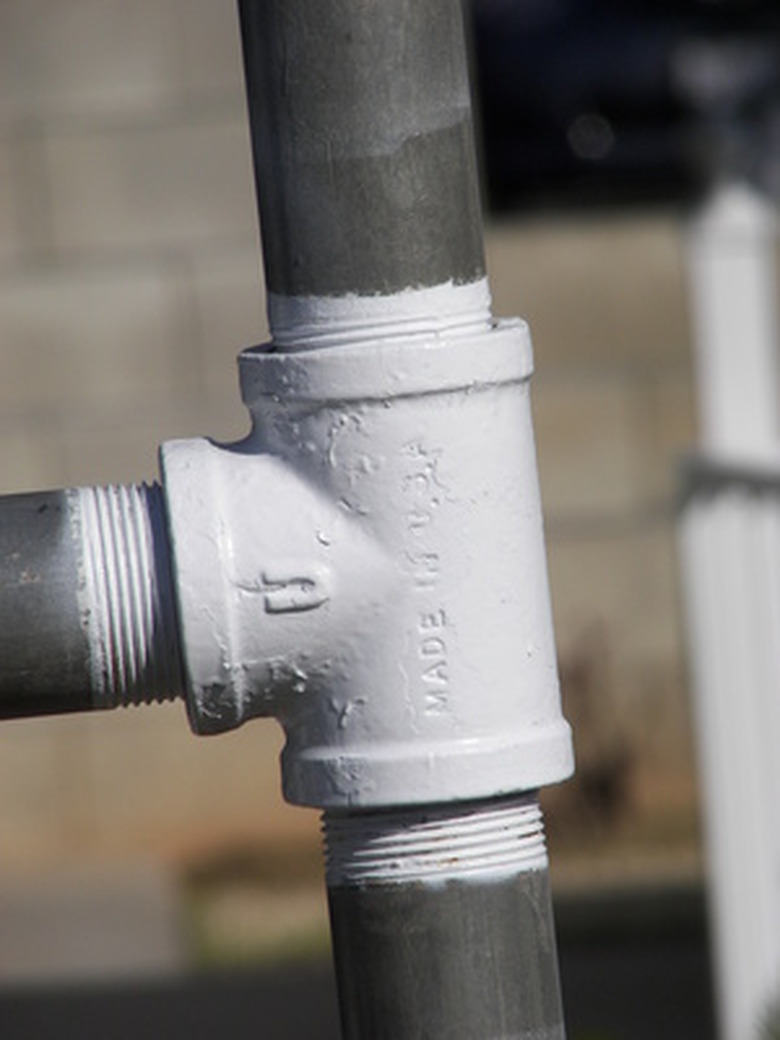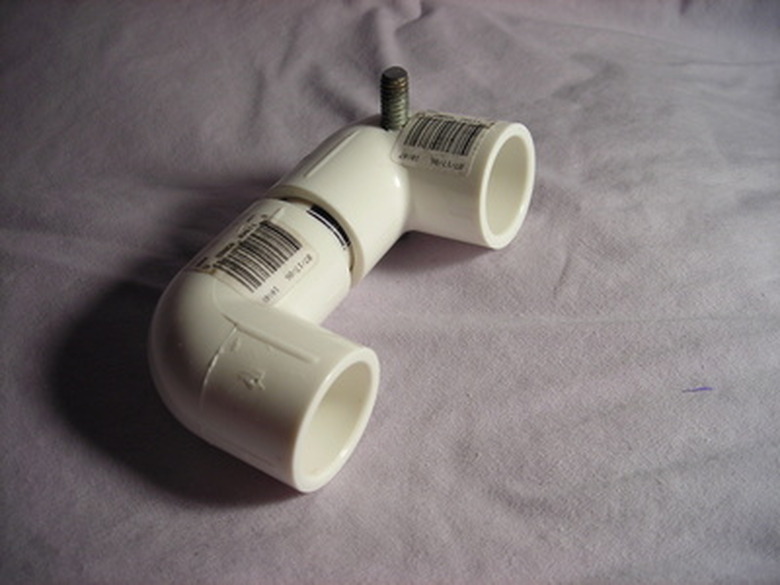How To Calculate Head Loss
Things Needed
-
Calculator or spreadsheet
-
Flow-pressure data for the type of pipe in question
Head loss is a common term used to describe two types of pressure loss in a liquid system. The first type is static head loss due to the elevation of part of a pipeline above its source, such as in the high floors of a building. The second type is dynamic head loss. It is a loss of flowing pressure in a pipeline due to friction from the pipe walls or as the liquid flows through elbows, valves and fittings. Calculating either type of head loss is straightforward.
Calculating Static Head Loss
Step 1
Define the head loss application. In this example, a water pump in the basement of a 10-story building supplies domestic water to every floor. Assuming that each floor in the building represents 12 feet of height, you can calculate the head loss due to elevation and subtract it from the pump's output pressure anywhere in the building. The pump's output is 125 psi, and it is located 10 feet under the ground floor (first floor). The example examines head loss midpoint on the eighth floor and presumes a non-flowing condition.
Step 2
Calculate the elevation above the pump midpoint on the eighth floor. Since the elevation is midpoint on the eighth floor, the height above ground level is 7 1/2 stories x 12 feet/story + 10 feet for the height in the basement above the pump. This totals 100 feet of elevation above the pump outlet.
Step 3
Calculate the static head loss based on 100 feet of elevation. The conversion factor for water at normal ambient conditions of 60 degrees Fahrenheit is 2.31 feet of elevation per pound-per-square-inch water pressure. Dividing the 100 feet of elevation by 2.31 feet per psi yields a head loss of 43.29 psi. The available water pressure at that level would therefore be 125 psi pump output pressure – 43.29 psi = 81.7 psi.
Calculate Dynamic Head Pressure Loss
Step 1
Define the dynamic (flowing) application. For this dynamic example, assume that a swimming pool filter pump with 40 psi output pressure is pumping 150 gallons per minute of water in a loop from the pool through 300 feet of piping, a remote filtering system, and back 250 feet to the other end of the pool. The piping used is 3-inch Schedule 40-PVC white plastic pipe. Assume there are twelve 90-degree elbows within the overall piping system, and that the steady loss through the filter is 3 psi. With this information, you can calculate the dynamic head loss through the PVC piping system.
Step 2
Look up the pressure loss data for 3-inch Schedule 40 PVC plastic pipe in the industry data chart. A flow rate of 150 gpm will sustain a pressure loss of 2 psi for every 100 feet of 3-inch PVC pipe. Adding in the equivalent length of 2.5 pipe-feet per elbow, there is a total pipe length of 300 feet plus 250 feet plus 30 feet (for the elbows) or 580 feet.
Step 3
Calculate the total head loss through the entire filter system. 580 feet x 2 psi/100 feet = 11.6 psi, plus the 3 psi head loss through the filter, for a total dynamic head loss of 14.6 psi.
Tip
Always over-design pump systems about 25-percent to alleviate inadvertent head loss issues.
Warning
It is impossible to suction up water any further than about 25 to 30 feet because of atmospheric pressure limitations (elevation head loss), no matter how powerful the pump.



